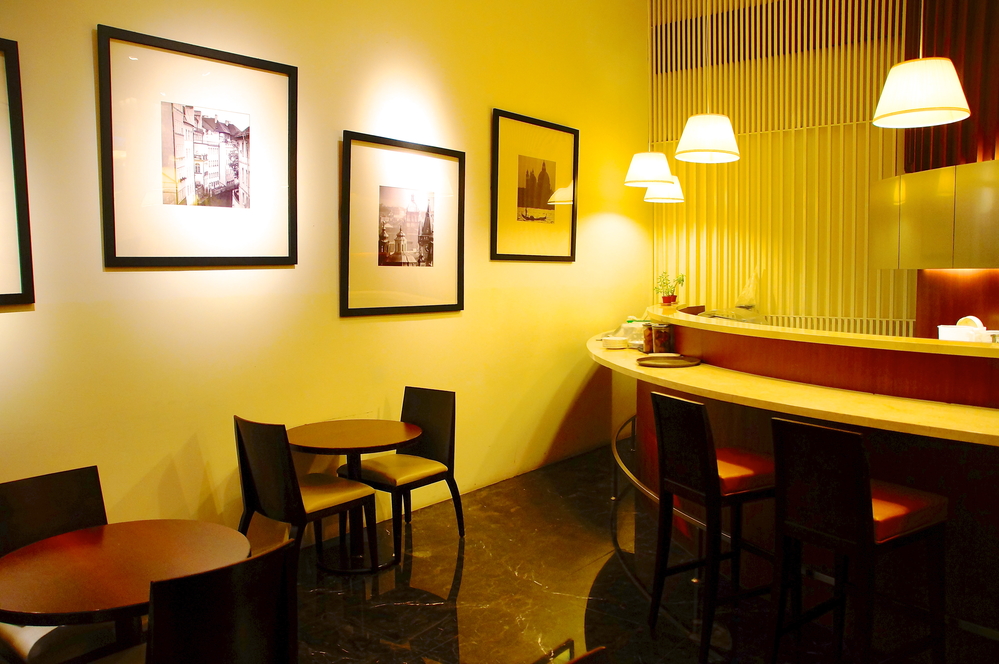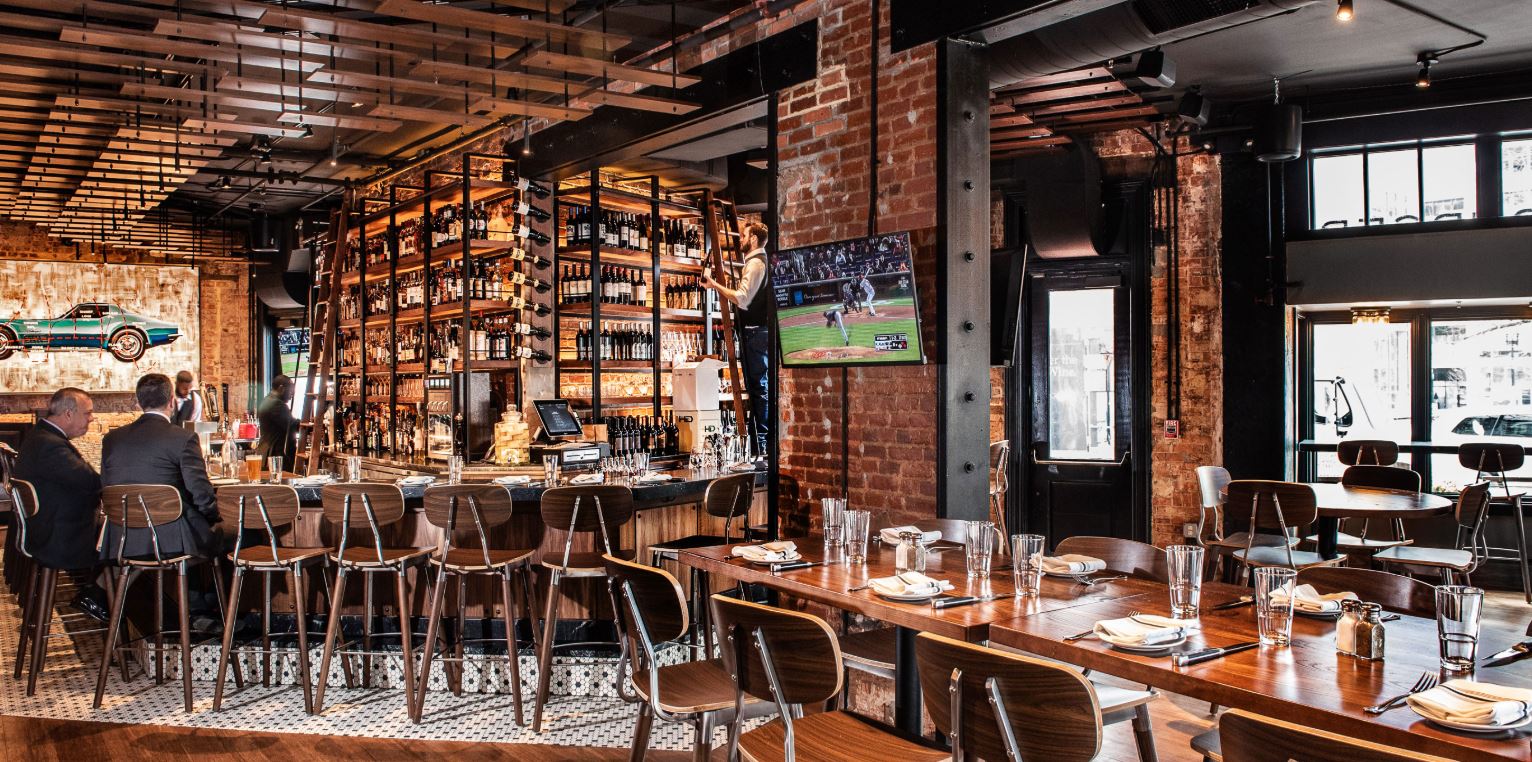Savor Authentic Asian Cuisine With a Pan-Asian Spin for a Culinary Journey
Starting a culinary trip via authentic Oriental cuisine, enhanced with a Pan-Asian twist, offers a distinct opportunity to check out the abundant tapestry of flavors that specify the area's varied culinary traditions. This experience invites you to appreciate the exquisite equilibrium of tastes-- wonderful, salted, spicy, and sour-- harmonized by aromatic natural herbs and spices. Picture the cutting-edge combination of Thai curry and ramen or the unexpected delight of sushi burritos. As you consider these enticing meals, consider the cultural narratives and historic impacts that shape them, each bite offering a story waiting to be found.

Checking Out Pan-Asian Tastes
In the realm of worldwide gastronomy, Pan-Asian cuisine stands out for its exceptional variety and the harmonious interaction of flavors from various Eastern societies. This culinary strategy commemorates the abundant customs and unique active ingredients discovered across the continent, creating a tapestry of tastes that is both rewarding and interesting. Key to Pan-Asian food is its capacity to stabilize contrasting flavors-- wonderful, salty, spicy, and sour-- while highlighting the freshness and top quality of each active ingredient.
From the umami-rich soy sauce of Japan to the intense chili peppers of Thailand, Pan-Asian cuisine supplies a comprehensive palette of flavors. These aspects are usually combined in inventive methods, boosting meals with layers of complexity. For example, the usage of fragrant herbs such as lemongrass and cilantro, usual in Vietnamese and Thai cuisine, adds a revitalizing brightness to dishes, while the consolidation of coconut milk supplies a luscious, rich structure.
The focus on fresh fruit and vegetables and aromatic flavors guarantees that each meal is not only a banquet for the taste yet likewise for the detects. Pan-Asian cuisine invites diners to embark on a culinary trip, exploring the vast and differed landscapes of Asian gastronomy with every bite.
Combination Dishes to Try
While Pan-Asian food is commemorated for its conventional flavors, the contemporary culinary landscape is progressively embracing combination recipes that mix these traditional aspects with impacts from various other regions. This cutting-edge method not just honors the rich heritage of Eastern cookeries but likewise presents unique taste experiences that interest contemporary palates.
A prime instance of such a combination meal is the Korean-Mexican taco, where seasoned bulgogi beef is wrapped in a cozy tortilla, covered with kimchi and a spicy gochujang-infused salsa. This mix weds the strong, savory tastes of Korea with the dynamic, fresh components of Mexican food. Similarly, sushi burritos have gotten appeal, joining together the delicate artistry of Japanese sushi with the passionate, hand-held comfort of a burrito, frequently featuring blend components like tempura shrimp and avocado with a drizzle of wasabi mayo.
An additional significant dish is Thai curry ramen, which infuses the luscious, fragrant flavors of Thai curry right into the reassuring broth of conventional Japanese ramen, developing a harmonious mix that entices the detects. These fusion recipes extend beyond plain novelty; they stand for a cooking dialogue in between societies, urging expedition and innovation worldwide of Pan-Asian cuisine.
Essential Active Ingredients and Spices
To really value Pan-Asian food, one must recognize the necessary active ingredients and spices that form its structure. This varied cooking style draws from an abundant tapestry of Asian practices, using a harmonious mix of flavors and structures. Trick ingredients consist of soy sauce, fish sauce, and oyster sauce, which present a full-flavored umami depth vital to Eastern dishes. Complementary to these are rice vinegar and mirin, providing a fragile acidity and sweet taste.
Aromatic components are critical, with garlic, ginger, and lemongrass being common across various Pan-Asian dishes. These active ingredients supply a great smelling base that improves the intricacy of tastes. Flavors such as celebrity anise, cardamom, and cinnamon present heat and personality, echoing see here now influences from regions like China and India.

Food Preparation Techniques and Tips
Mastering the art of Pan-Asian cuisine requires knowledge with its distinctive food preparation techniques, each contributing to the vibrant tapestry of flavors this culinary tradition is commemorated for. Central to these methods is the stir-fry, a rapid cooking technique that preserves the dietary honesty and dazzling colors of components. Utilizing a wok, the stir-fry technique enables also warm distribution, necessary for accomplishing the characteristic appearance and taste balance of Pan-Asian meals.
An additional essential strategy is steaming, specifically prevalent in Chinese cuisine. This gentle approach preserves the natural tastes and nutrients of ingredients, making it ideal for seafood and veggies. Dumplings, a beloved staple, frequently gain from steaming, resulting in soft, succulent structures.
Grilling, likewise indispensable, imparts great smoky midsts to cava restaurant meals such as Oriental bulgogi or Japanese yakitori (Fine dining experience Islamabad). This strategy often includes marinading components, permitting flavors to penetrate deeply prior to cooking over an open fire or warmer
Finally, grasping the art of balancing tastes-- wonderful, sour, salty, bitter, and umami-- is vital. Correctly layering these components can raise a dish from regular to remarkable, supplying a facility and pleasing culinary experience that embodies the essence of Pan-Asian cuisine.
Dining Experiences Worldwide
Across the world, Pan-Asian food supplies an unequaled dining experience, commemorated for its abundant tapestry of flavors and lively presentations. This cooking phenomenon has gone beyond social boundaries, catching the hearts and tastes buds of food fanatics worldwide. In multicultural cities like New York, London, and Sydney, Pan-Asian dining establishments function as melting pots where culinary traditions from Thailand, Japan, China, and past assemble, giving diners with a diverse mix of meals that highlight the region's variety.
The global charm of Pan-Asian food depends on its ability to use both authenticity and advancement. Cooks masterfully wed traditional components such as lemongrass, soy sauce, and miso with contemporary methods, leading to meals that are both refreshingly brand-new and acquainted. This blend allows diners to begin on a culinary journey that values heritage while embracing modernity.
Moreover, eating experiences are raised with attentively developed settings that reflect the principles of Pan-Asian appearances. From minimal Japanese-inspired interiors to lively Thai-themed areas, each restaurant offers an go right here unique ambiance that enhances the culinary offerings. Because of this, customers are not merely taking in a meal yet partaking in a cultural experience, making Pan-Asian dining a truly international sensation.
Final Thought
The exploration of Pan-Asian cuisine supplies a profound understanding of the elaborate interaction of flavors and culinary practices across Asia. By embracing blend recipes such as Thai curry ramen and sushi burritos, the cooking journey not just highlights the versatility of standard active ingredients but likewise showcases cutting-edge contemporary strategies. This gastronomic adventure, enhanced by cooking techniques and crucial seasonings, offers a special possibility to appreciate the multiculturalism and cooking creativity that specify Pan-Asian food on an international range.
Getting started on a cooking journey through genuine Eastern food, enhanced with a Pan-Asian twist, offers an one-of-a-kind chance to discover the rich tapestry of tastes that specify the region's diverse cooking traditions.In the world of global gastronomy, Pan-Asian food stands out for its amazing diversity and the unified interplay of flavors from different Oriental societies. Key to Pan-Asian cuisine is its capacity to stabilize different tastes-- sweet, salted, spicy, and sour-- while highlighting the quality and high quality of each component.
